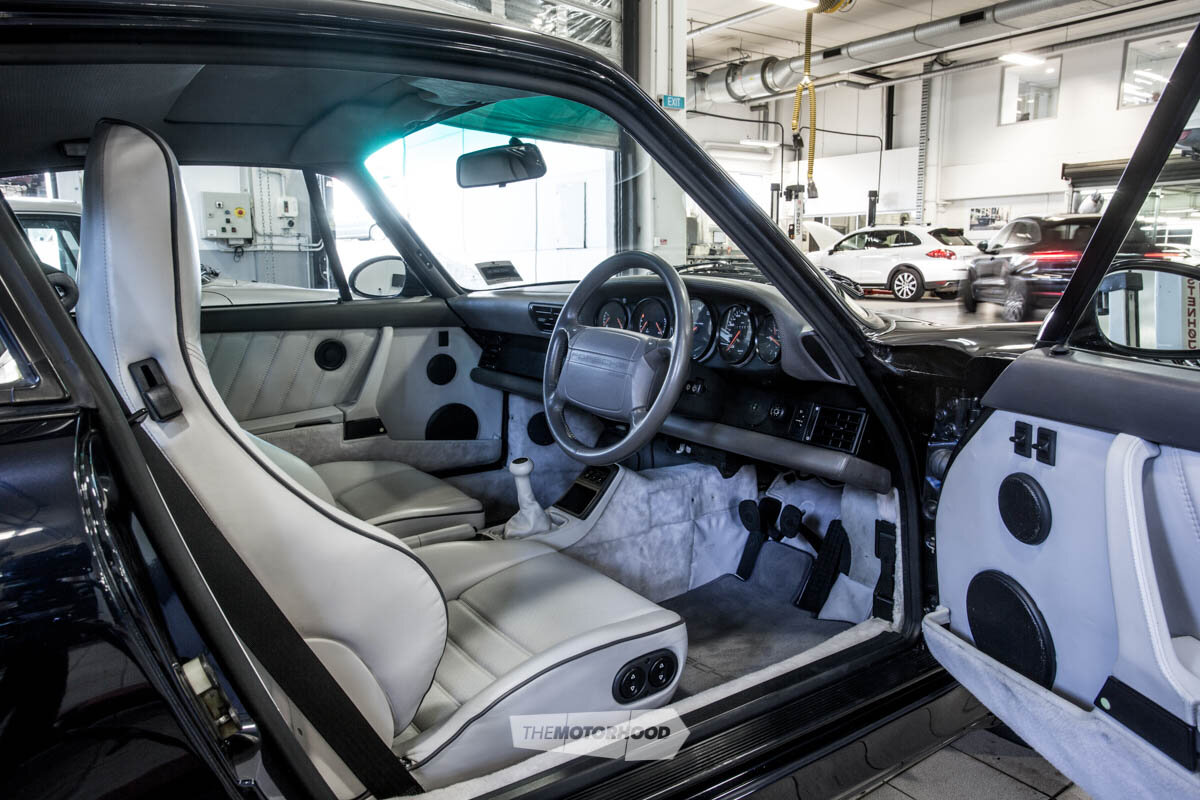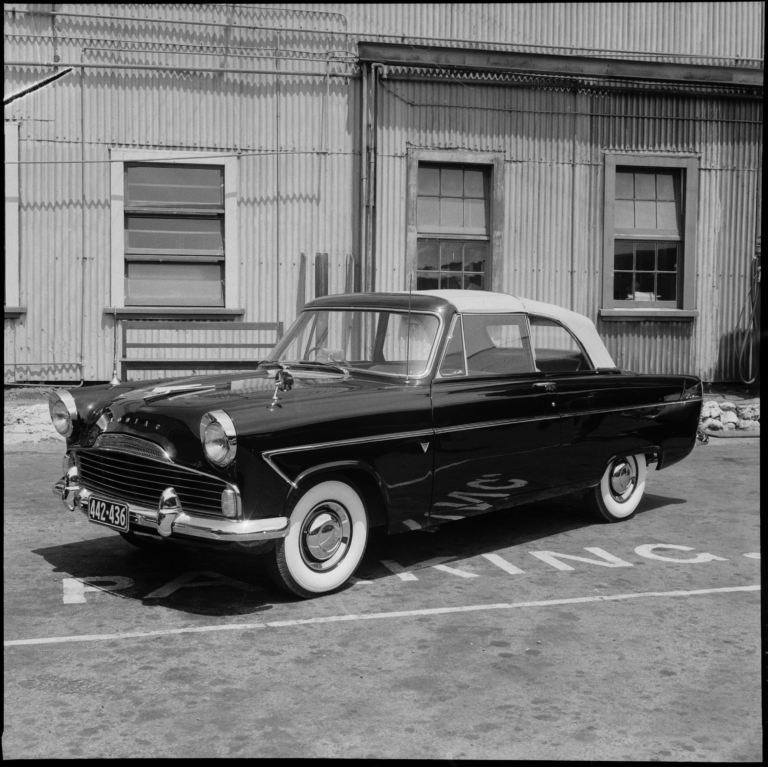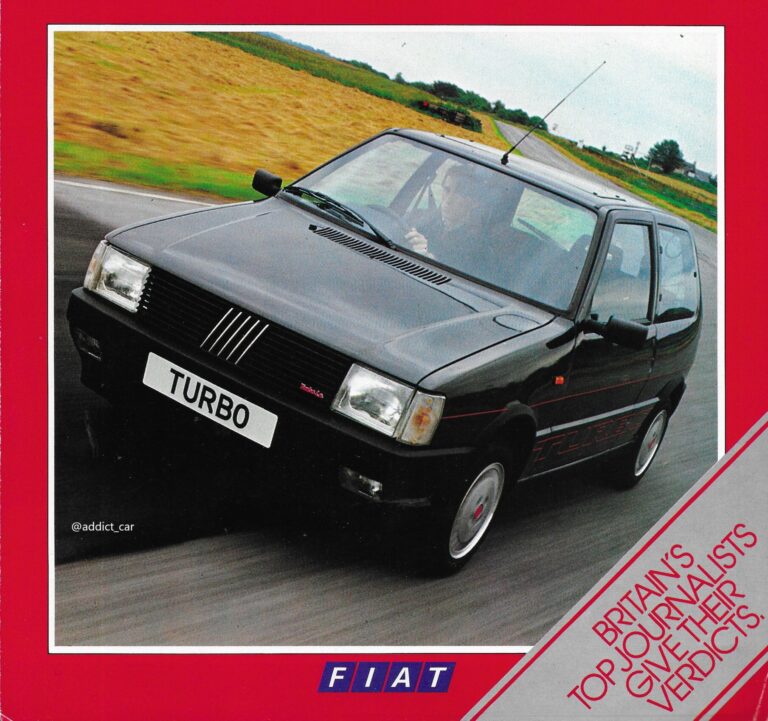There is scarcely a car on the planet more polarizing than the Porsche 911
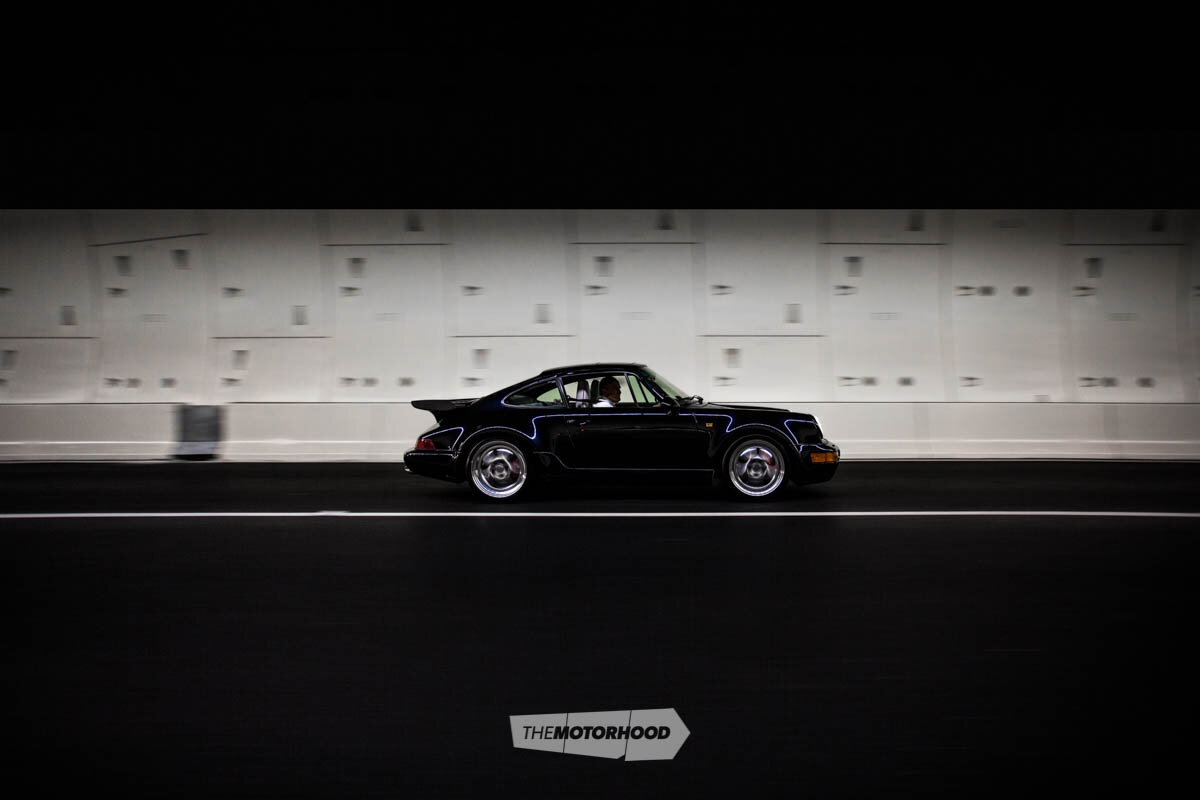
Those in the Porsche camp will generally be firmly so, and will want to let the world know how much they love their chosen performance brand. Often they can be recognized by their branded caps and jackets. They can be found in industrial car parks around the world on most Sunday mornings, talking about the benefits of air cooling, and why hanging an engine over the rear axle remains the pinnacle of driveability. Those not in the 911 camp will likely be found in car parks nearby, probably having arrived in a BMW coupé or a Subaru WRX, equally sternly discussing why the E30 318i will soon be more valuable than frankincense and myrrh, or which 1990s WRC driver would win in a bar fight.
But there are few who would disagree that when the 911 becomes the 911 Turbo, it takes on a new meaning in terms of what the sports car driver, owner, and admirer looks for in a car. And that is still so 40 years after it first launched; the Turbo retains an aura of mystique and brilliance identified by that unmistakable 911 shape and bulging rear arches, delivering both speed and the style to match.
The Widowmaker
When the original Turbo was released at the Paris Auto Show in 1974, it was the fastest production car on the planet. It put down an unruly 194kW/260hp from its 3.0-litre flat six engine mated to a
four-speed manual gearbox, and when sales of the 930 began the next year, the Turbo soon found its way into the hearts and minds of speedsters worldwide.
The four-speed gearbox proved contentious for consumers, as the lesser Carreras were available with a five-speed box. Despite this, sales of the 930 Turbo soon took off — its higher power, sportier suspension, larger brakes, and stronger gearbox made the Turbo light years ahead of the standard 911 in terms of performance.
The iconic whale-tail spoiler did more than just look cool, it was an integral part of downforce and induction, pushing more air into the engine to get the turbo spooling. The wide rear arches housed even wider tyres, all in an effort to ensure that the 930 firmly held its ground. Unfortunately this wasn’t always the case, and the Turbo was quickly dubbed the Widowmaker as some Turbo owners, inexperienced in driving high-powered, rear-wheel drive cars, pushed their 930 harder than they needed to before the turbo had properly spooled up, and when that almighty whack of power arrived, they soon felt a subsequent whack into the nearest lamppost.
The 930 had the longest production run of any 911, being built until 1989. During this time, the main significant change was the enlargement of the engine to 3.3 litres and the addition of an air-to-air intercooler, which cooled the air charge and helped increase power to 224kW/300hp. While these changes made a difference to flat-out speed, they also meant the 930 became a far heavier car, especially in the rear. Add to this the addition of a cog in the gearbox for the final production year, and its unruly handling became a touch worse.
At the end of its 15-year run, Porsche had produced close to 19,000 examples of the 930 Turbo. It’s not known how many are still on the road, but the likelihood is that it’s a significantly smaller percentage than the 70 per cent of Porsche’s overall production, which apparently still grace the road today.
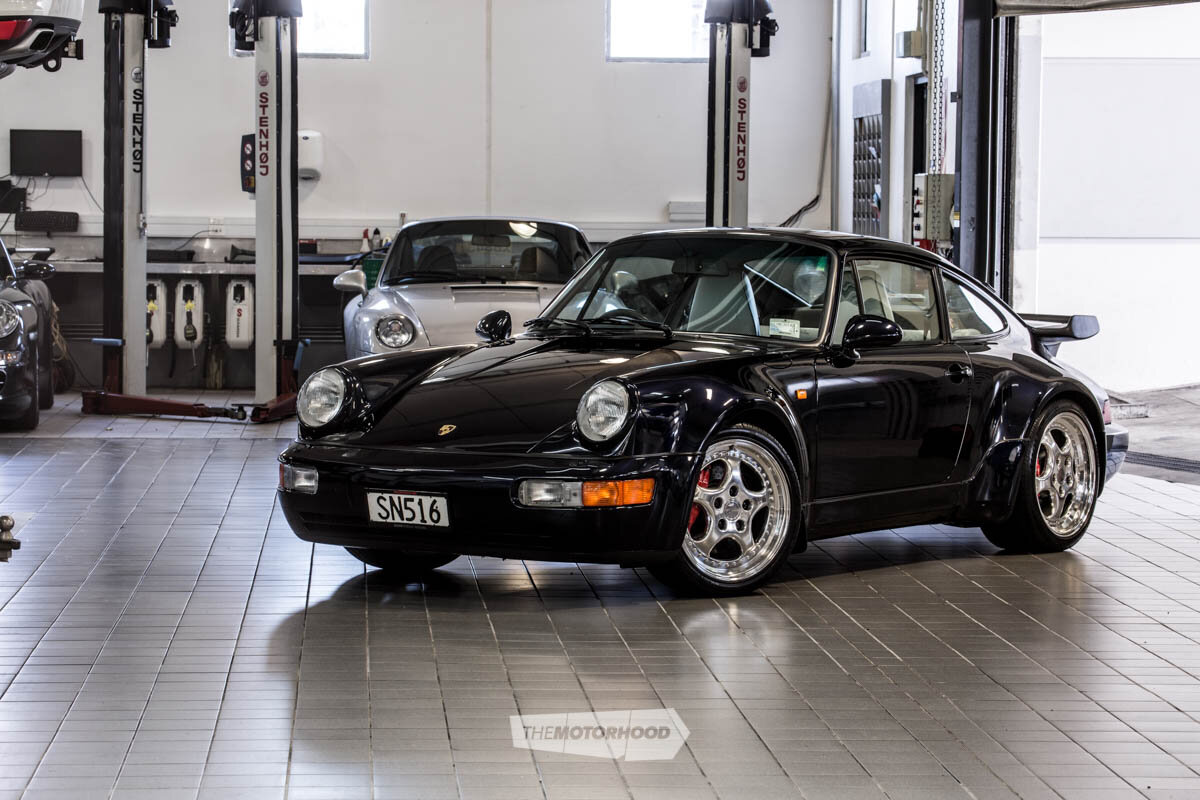
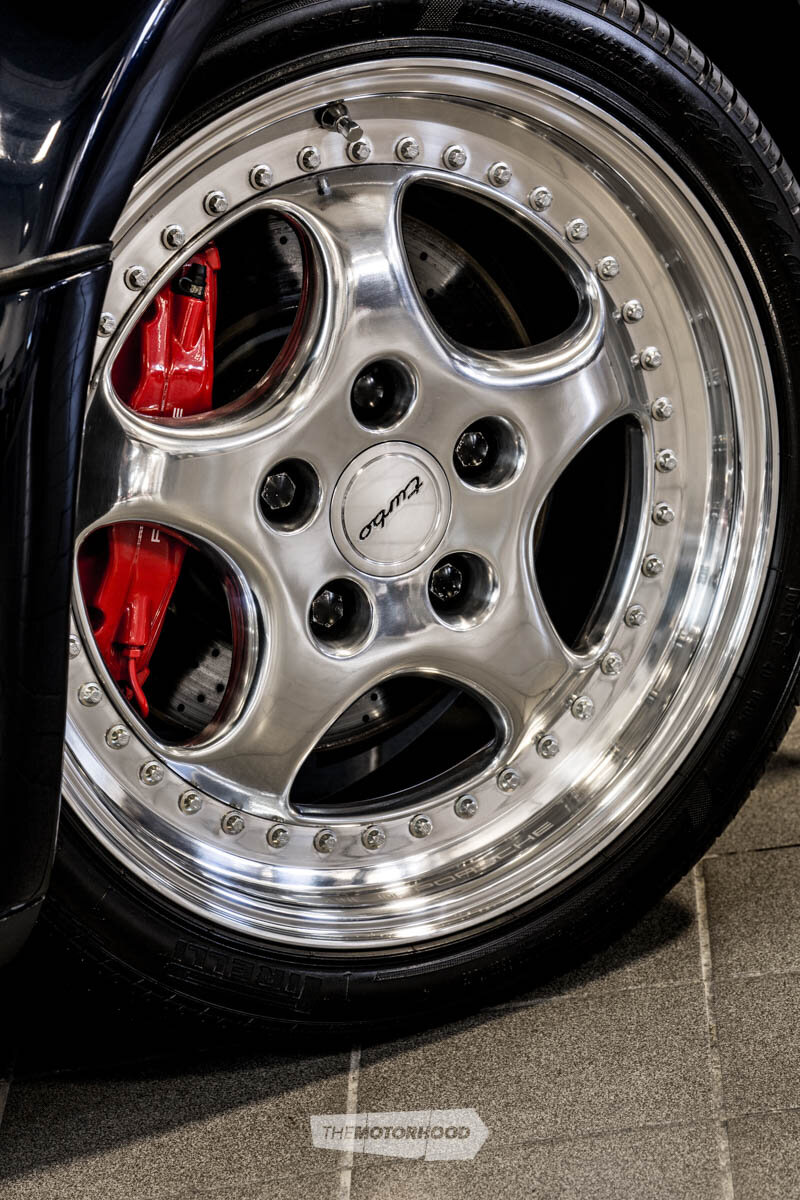
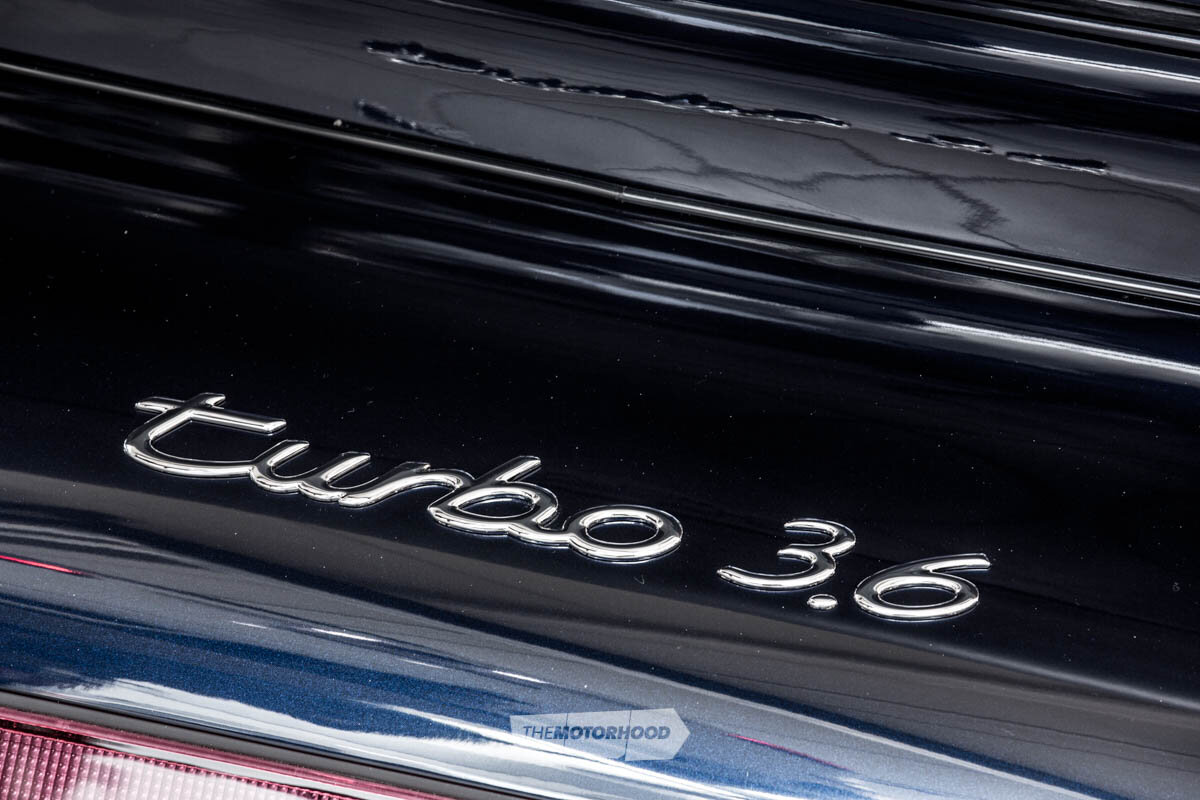
964 Turbo
The new generation of the 911 came onto the market in 1989, at the same time as the phasing-out of the G series (otherwise known as the — by then long in the tooth — 930).
The 911 Carrera 4 type 964 contained 85 per cent new parts, but largely retained the classic shape of its predecessor. It was available in the coupé, targa and cabriolet body designs. The C4’s all-new 3.6-litre engine produced 186kW/250hp.
Despite many similarities in the design, the 964 had much better aerodynamics than the G model. This was helped in particular by the new round front and rear sections, as well as an automatically extending rear spoiler.
The 911 Carrera 4 was the first 911 to feature an all-wheel-drive system. Its electronically controlled permanent all-wheel drive normally transmitted 31 per cent of the drive torque to the front axle, and 69 per cent to the rear axle. Distribution could be varied according to the driving situation, and there was a traction switch on the centre console.
Porsche reintroduced the Turbo into the 964 in 1990, as the turbo version of the new engine wasn’t ready in time for the launch. Instead, it retained the 3.3-litre engine from the 930, but with a larger turbocharger, a new injection system and a revised ECU. Porsche engineers had vanquished the worst of the turbo lag and power was up, with around 235kW/315hp and 450Nm of torque. Unfortunately, any potential performance boost was offset by the 964’s new, heavier body.
But one thing was certain, the look of the new model was spot on. While it wasn’t a massive departure from the 930, it was enough to entice a new generation of 911 buyers. Even today, the immediately recognizable shape from every angle looks just as good as it did nearly 30 years ago.
By the second year of production, Porsche had figured out how to get the turbo to do its thing on the 3.6, and the updated version was released to market by 1993. The new turbocharged M64 engine had higher compression and more boost, and spooled power up to 268kW/360hp and 522Nm of torque.
The 3.6-litre 964 Turbos remain the rarest Porsche Turbo ever built, with a run of just 1407 cars in 1993 and ’94 (only 159 of these were in right-hand drive). Such low production numbers make the 3.6-litre 964 Turbo the car to own for purists and speculators alike.
For drivers, the 964 Turbo was a welcome change. While it retained the 911 characteristics of old (rear drive, rear-engine madness), it introduced a touch of luxury in the cabin (air conditioning) and a few extras in safety (air bags). The car was more planted and stable than the 930, and proved the formula that the 993 would follow.
When production of the 964 ended in 1994, around 90 bodyshells remained. These were given to Porsche Exclusiv, which then built the extremely limited Turbo 3.6S. The Turbo 3.6S was available either with the traditional 964 Turbo 3.6 body, or with the exclusive flachbau slant nose option.
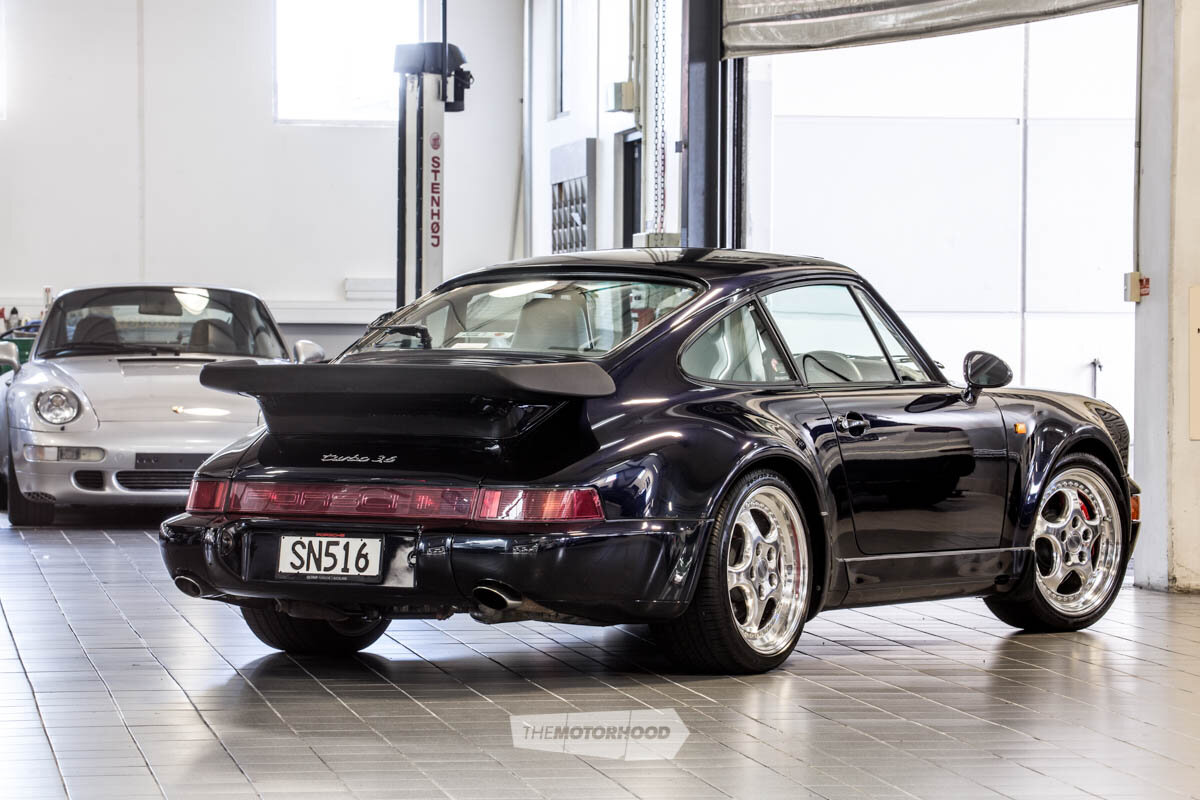
Bad Boys
Until 1995 the 911 Turbo was talked about in hushed tones by those who “knew”. But that all changed when a small, independent movie called Bad Boys was released. This period piece, featuring the ageless Will Smith and Big Momma Martin Lawrence, saw the 964 thrust into the spotlight of popular culture, and it immediately became the new wall poster, replacing Lamborghini Countachs and Magnum PI fake Ferrari 308s in teenagers’ bedrooms round the world.
The 964 was a major player in the film, featuring in the opening scene and starring in a well-shot action sequence to finish.The director was none other than that lover of all things that go bang on film, Michael Bay. Due to lack of budget to buy or rent a car, and Porsche’s trepidation about supporting the film, production was unable to source a 964 for the production. So Bay threw the keys of his own personal vehicle to Will Smith’s character.
Mention the Bad Boys Porsche to anyone in their 20s or 30s, and they’ll suddenly be an expert on all things air cooled.
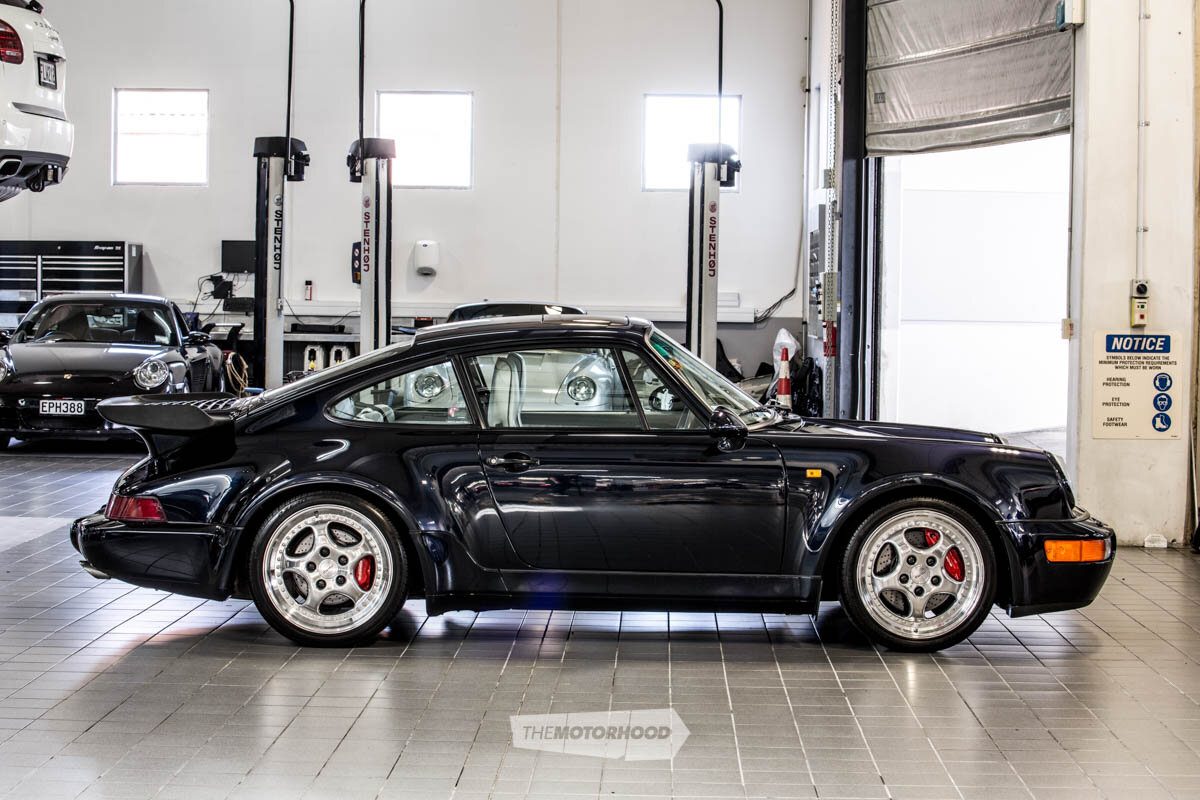
Bull Market
It’s no great secret that the classic-car market has increased in value significantly over the last few years. According to the Knight Frank Luxury Investment Guide, classic cars have seen an increase of 457 per cent in the 10 years to the end of 2016. While 2017 has been a slower years in terms of gains, that 457 per cent will be difficult to scrub off.
The 964 may be at the forefront of that bull market. As I have previously written in this magazine, I was once the owner of a 911 996 Turbo (I don’t like to talk about it much, of course …). Anyone with a set of working eyes — and a good share of those without — will be willing to tell you their opinion on the 996. Its front end is ugly and wrong, its all-wheel drive set-up makes it dull to drive, and it’s cooled with the devil that is water, rather than all-that-is-holy air.
So with all of this in mind, I bought one. You fool, I hear you (and my wife) say. Well, in the several years previous the market for air-cooled 911 Turbos had gone mad. And this madness had been led by the 964. During my brief tenure as a 911 owner, I met several others who had owned 964 Turbos over the preceding years. All of them had the same tale of woe. “Great car. Shouldn’t have sold it”. But I wonder if their sentiments would have been the same had the market not increased at such stratospheric levels? Anecdotally, there were three or four 964 Turbos for sale around the time the recession hit earlier this century. All of them were sub $100K, and none of them could be sold for love nor money. Then, like a bolt from the blue, they all disappeared at once. The next lot that appeared for sale were up at $150K. Then $200K. Then $300,000. When would it stop?
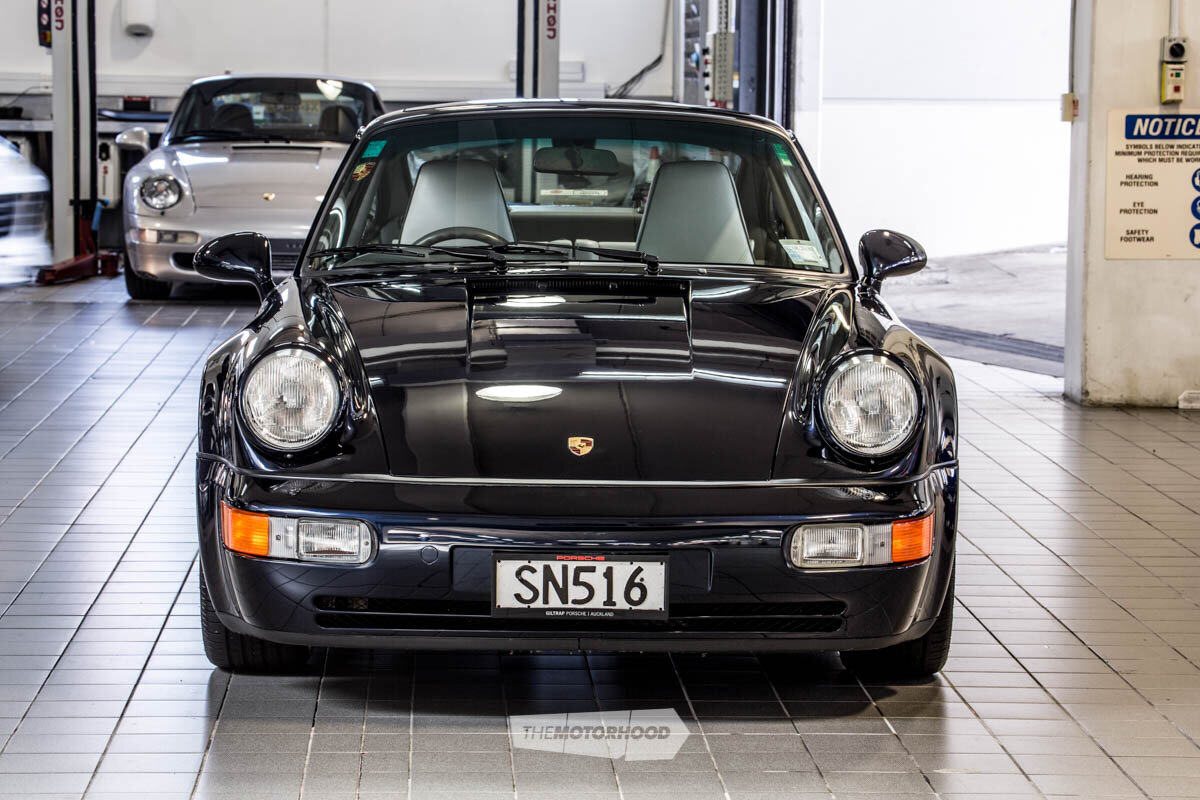
Internationally, things were heating up even more. Some cars were being sold for over $1 million, and a few rarer versions over $2M — which made the Kiwi cars look like bargains. But the reality is this: Porsche will never make any more air-cooled 911 Turbos. It will never make rear-wheel drive Turbos. It will never make Turbos with manual gearboxes. And for these reasons, the seemingly sky-high prices of these cars might just be justified.
And a name to befit such track-going prowess, wildness, and a track-bred nature? Aston could well be forgiven for using a designated code name like McLaren and Porsche, but, instead, it took the opportunity to spread its wings, naming it the ‘Vulcan’.
If you think the lines are reminiscent of a fighter jet, you’re on the right track. The ‘Vulcan’ name was trademarked by Aston Martin last year, taking it over from BAE Systems (which absorbed British Aerospace), which, at the time, was retiring the Avro Vulcan bomber that had been in service since 1956. In a number of PR stunts around the time of launch, the two Vulcans were lined up together to farewell the old and welcome the new.
Word is that the Vulcan design is a sign of things to come for the Aston brand over the next few years, with three new models due for release before 2020. If that is the case, the future certainly looks bright for the exalted manufacturer.


